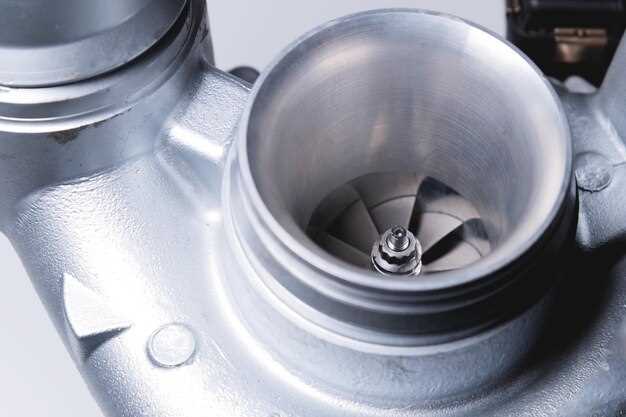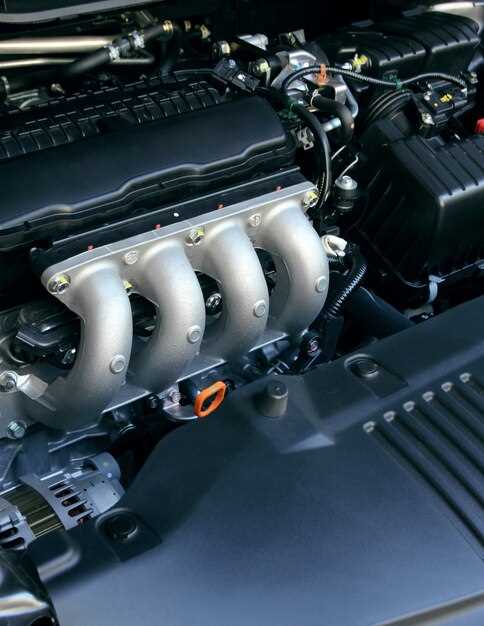
When it comes to automotive performance, the choice of engine plays a crucial role in determining the driving experience. Two popular types of engines that have garnered considerable attention are turbocharged and naturally aspirated (NA) engines. Each of these engine types offers unique characteristics that cater to different preferences and driving styles.
Turbocharged engines utilize forced induction to compress air entering the combustion chamber, allowing for greater power output without significantly increasing the engine size. This technology enables smaller engines to deliver impressive performance, making them a popular choice among manufacturers looking to balance power and fuel efficiency.
On the other hand, naturally aspirated engines rely solely on atmospheric pressure to draw air into the combustion system. This can provide a more linear power delivery and a direct connection between the driver and the engine. NA engines are often favored for their responsiveness and the engaging driving experience they offer, particularly in high-revving performance applications.
In this article, we will explore some of the top picks for both turbocharged and naturally aspirated engines, highlighting their strengths and what makes them stand out in today’s automotive landscape. Whether you prefer the exhilarating rush of a turbocharged engine or the raw, unfiltered power of a naturally aspirated engine, there is something on this list for every enthusiast.
Performance Upgrades for Naturally Aspirated Engines

Upgrading naturally aspirated (NA) engines can significantly enhance performance and driving experience. While turbocharged engines often gain immediate power boosts through forced induction, NA engines rely on maximizing airflow and improving internal efficiency.
1. Cold Air Intake Systems: A cold air intake system replaces the factory air intake, allowing cooler, denser air to enter the engine. This increase in airflow can lead to a more efficient combustion process, resulting in improved throttle response and power output.
2. High-Performance Exhaust Systems: Upgrading the exhaust system reduces back pressure and enhances exhaust flow. A high-performance cat-back exhaust not only increases horsepower but also improves engine sound, providing a more aggressive tone that resonates with enthusiasts.
3. Engine Management and Tuning: Adjusting the engine’s tuning can optimize performance parameters like fuel delivery and ignition timing. Custom ECU tuning ensures the engine runs smoothly after other modifications, leading to increased efficiency and horsepower.
4. Performance Camshafts: Installing a performance camshaft can alter the timing and duration of valve openings, which enhances airflow at higher RPMs. This modification is crucial for maximizing the potential of naturally aspirated engines, promoting better power delivery throughout the rev range.
5. Lightweight Flywheel: A lightweight flywheel reduces rotational mass, allowing the engine to rev more freely and respond faster to throttle inputs. This upgrade can improve acceleration and create a more engaging driving experience.
6. High-Compression Pistons: Upgrading to high-compression pistons can significantly improve power output by increasing the engine’s volumetric efficiency. This upgrade requires careful tuning, as higher compression ratios necessitate higher octane fuel to prevent knocking.
By focusing on these performance upgrades, enthusiasts can unlock the full potential of their naturally aspirated engines, leading to enhanced power, responsiveness, and overall driving pleasure.
Choosing the Right Turbocharger for Your Application
Selecting the correct turbocharger is critical for optimizing performance in turbocharged (turbo) engine applications. The right turbo can significantly enhance horsepower, torque, and engine efficiency, making it essential to consider various factors before making a decision.
First, determine your power goals. Establish the desired horsepower and torque numbers for your vehicle, as different turbochargers are designed to meet specific performance levels. Research the power bands; some turbos deliver peak power at lower RPMs, while others thrive at higher RPMs, influencing your vehicle’s driving characteristics.
Next, consider the engine size and configuration. The displacement and layout of the engine greatly affect turbo selection. For smaller engines, a smaller turbo may provide quick spool times, while larger engines often benefit from larger turbos capable of delivering higher power outputs without significant lag.
Another important aspect is the turbocharger’s design and technology. Evaluate options such as twin-scroll or variable geometry turbos (VGT). Twin-scroll designs help reduce turbo lag by separating exhaust flows, while VGTs offer improved efficiency across a range of RPMs, making them ideal for diverse driving experiences.
Assess the available supporting modifications as well. Upgrading a turbocharger usually requires enhancements to the fuel system, intercooler, exhaust, and tuning to ensure that the engine can handle the increased airflow and provide necessary cooling. Ensure your vehicle is prepared for these upgrades to avoid potential reliability issues.
Finally, pay attention to brand reputation and warranty options. Reputable brands invest in research and development, ensuring their products meet high standards. A solid warranty can provide peace of mind against defects and performance issues.
By taking these factors into account, you can choose a turbocharger that not only meets your performance needs but also complements your vehicle’s characteristics, delivering the ultimate driving experience.
Comparative Analysis: NA vs Turbocharged Engines in Different Conditions

When evaluating the performance of naturally aspirated (NA) and turbocharged engines, it’s essential to consider various driving conditions. Each engine type exhibits distinct characteristics that can influence their effectiveness in different scenarios.
In low-speed scenarios, naturally aspirated engines typically provide better throttle response and linear power delivery. This characteristic is particularly advantageous in urban environments where quick acceleration is often required during stop-and-go traffic. The simplicity of NA engines generally results in fewer components, which can enhance reliability under these conditions.
Conversely, turbocharged engines come into their own in high-speed driving and scenarios that demand more significant power output. The forced induction of a turbo engine allows it to generate more horsepower without increasing displacement. This advantage is evident on highways or racetracks, where sustained power is crucial for high-performance driving.
Another critical aspect is altitude performance. NA engines may struggle at higher elevations due to reduced air density, which limits airflow and power output. Turbocharged engines, however, compensate for this loss by forcing more air into the combustion chamber, maintaining more consistent performance regardless of altitude.
Fuel efficiency is another point of comparison. Turbocharged engines tend to be more efficient under load, as they can produce more power without needing larger engine sizes. In contrast, NA engines may consume more fuel if larger displacements are necessary to achieve equivalent power levels, particularly in sustained high-load conditions.
In terms of maintenance, NA engines typically require less frequent service, mainly due to fewer components under pressure. Turbocharged engines, while offering performance advantages, may necessitate more diligent maintenance practices, especially regarding the turbocharger and related systems.
Weather conditions also play a role in performance differences. Turbocharged engines can often provide better traction and control in wet or slippery environments due to their ability to adjust power output dynamically. NA engines might experience wheelspin more easily under similar conditions, especially in high-torque applications.
In summary, the choice between NA and turbocharged engines largely depends on the driving conditions and specific performance needs. NA engines excel in response and reliability under low-speed conditions, while turbocharged engines offer notable advantages in high-speed scenarios and challenging environments. Evaluating usage patterns and performance expectations is critical when deciding which engine type best suits individual requirements.






